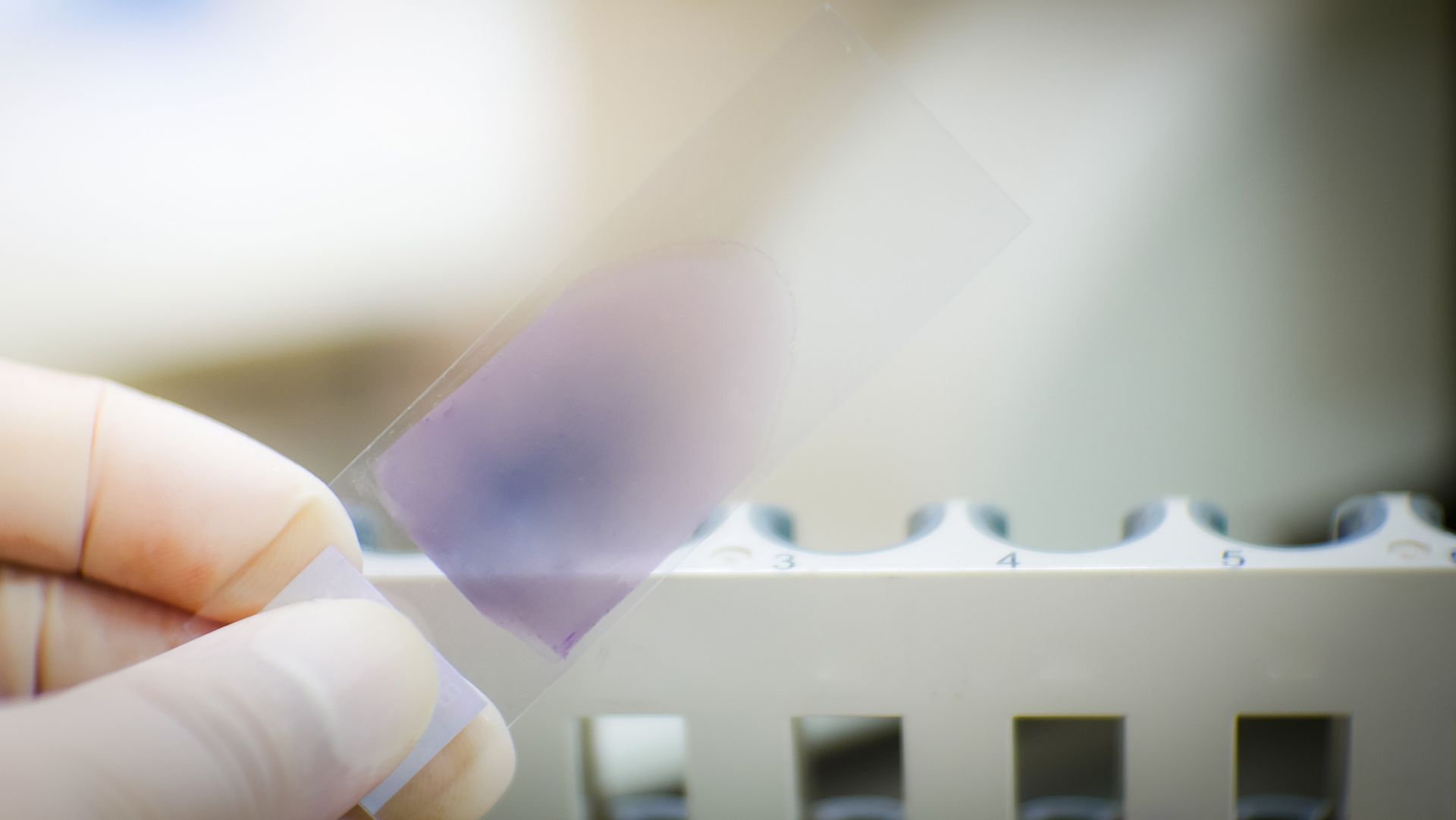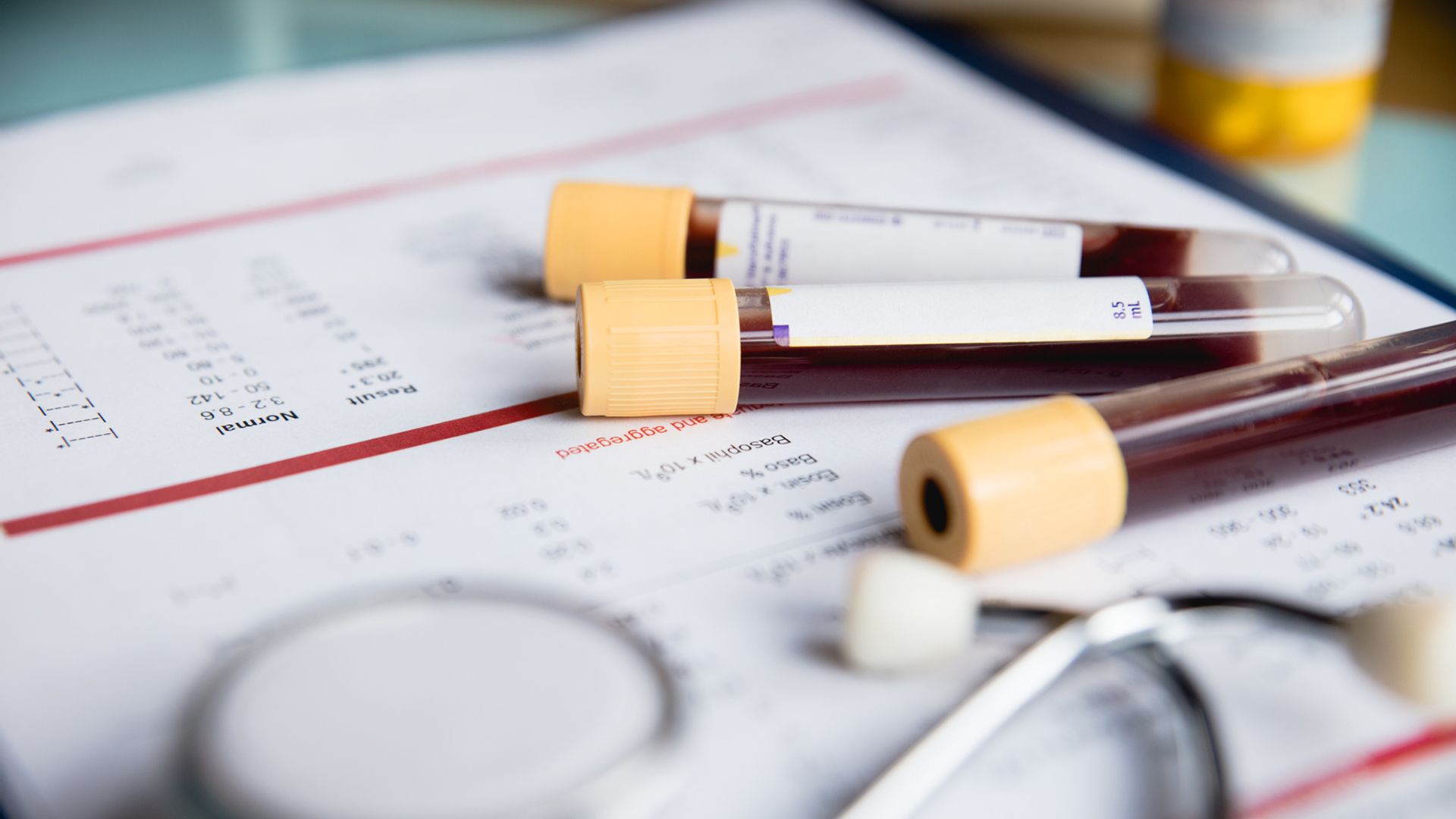Tyrosine kinase inhibitors (TKIs) are the preferred treatment for chronic myeloid leukemia (CML). TKIs are a type of targeted therapy, and work by targeting a gene called BCR-ABL, which is found in CML cells, but not found in normal healthy cells. TKIs are an effective treatment for many people with CML.
However, sometimes CML does not respond to treatment with a TKI drug. Other times, a TKI drug may cause unwelcome side effects that seriously impact a person’s quality of life or put their health at risk.
Here, we look at the next steps in treatment when a TKI isn’t working.
A higher dose or a different TKI
When a TKI drug isn’t effective against CML or causes unmanageable side effects, a healthcare team may recommend switching to a higher dose or a different TKI drug. There are a number of different TKI drugs available that are used to treat CML. Depending on the genetic changes found in the leukemia cells, different drugs might have a better chance of success.
Immunotherapy
Before TKIs, immunotherapy drugs were the preferred treatment for CML. This approach is still used in certain cases, such as when CML becomes resistant to treatment with TKIs. Studies are also investigating therapy regimens that combine TKI and immunotherapy. Immunotherapy drugs do not target cancer cells directly, but instead help the body’s immune system kill cancer cells.
Chemotherapy
There are several chemotherapy drugs that are approved for the treatment of CML, which are used in certain cases. Chemotherapy drugs contain powerful chemicals that kill cancer cells. These drugs also have several other applications in treating CML—they may be used to lower a white blood cell count that is very high, may be used to shrink an enlarged spleen, and are a component of stem cell transplant therapy.
Stem cell transplant
This approach begins with high doses of chemotherapy, sometimes combined with radiation therapy. High doses of these therapies will kill off CML cells, but will also badly damage the bone marrow. In order to repair the bone marrow, the body will require a stem cell transplant. This transplant may come from a donor (this is called an allogeneic transplant) or from a supply of the patient’s stem cells that are collected before chemotherapy and radiation therapy (this is called an autologous transplant). Allogenic transplants are more commonly used because autologous transplants carry a risk of transplanting leukemia cells along with healthy stem cells.
The decision to use this treatment will depend on a number of factors, including the phase of the CML, previous therapies for CML, whether the person with CML is strong enough to undergo this therapy, and if a donor is available.
Clinical trials
People with advanced CML may want to consider participating in a clinical trial. Medical researchers are continually developing new treatments for cancer. Participating in a clinical trial may offer access to leukemia therapies and regimens that are not yet available to the public.






